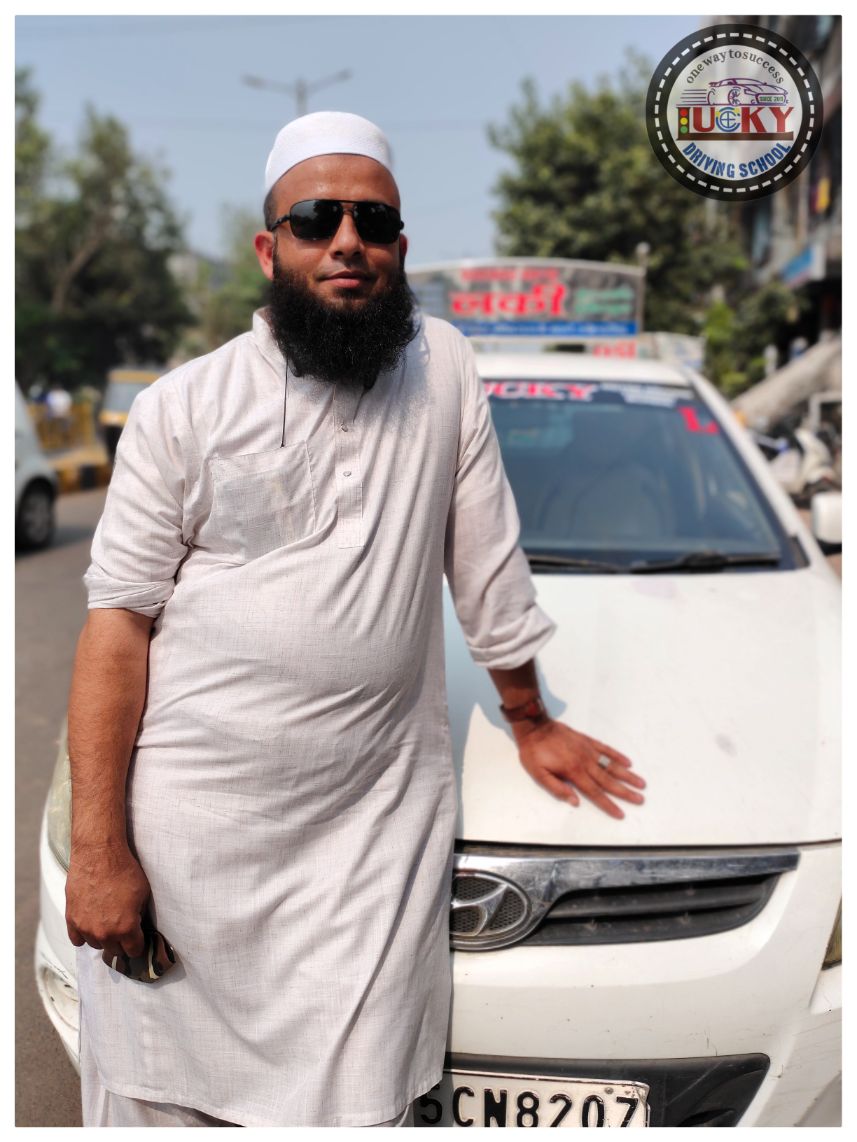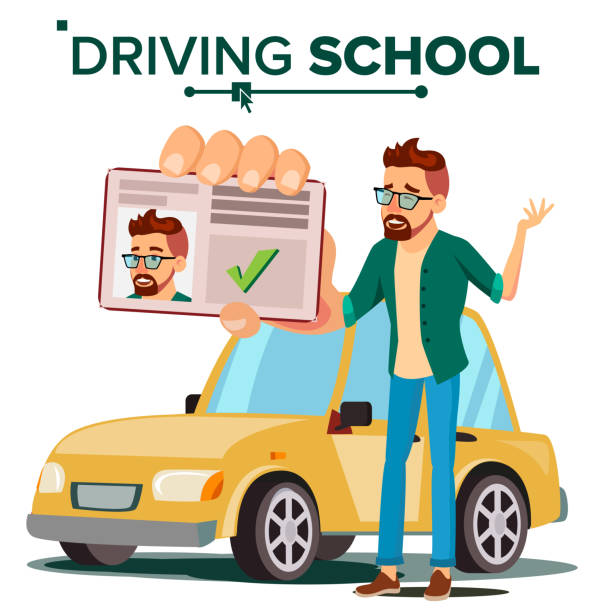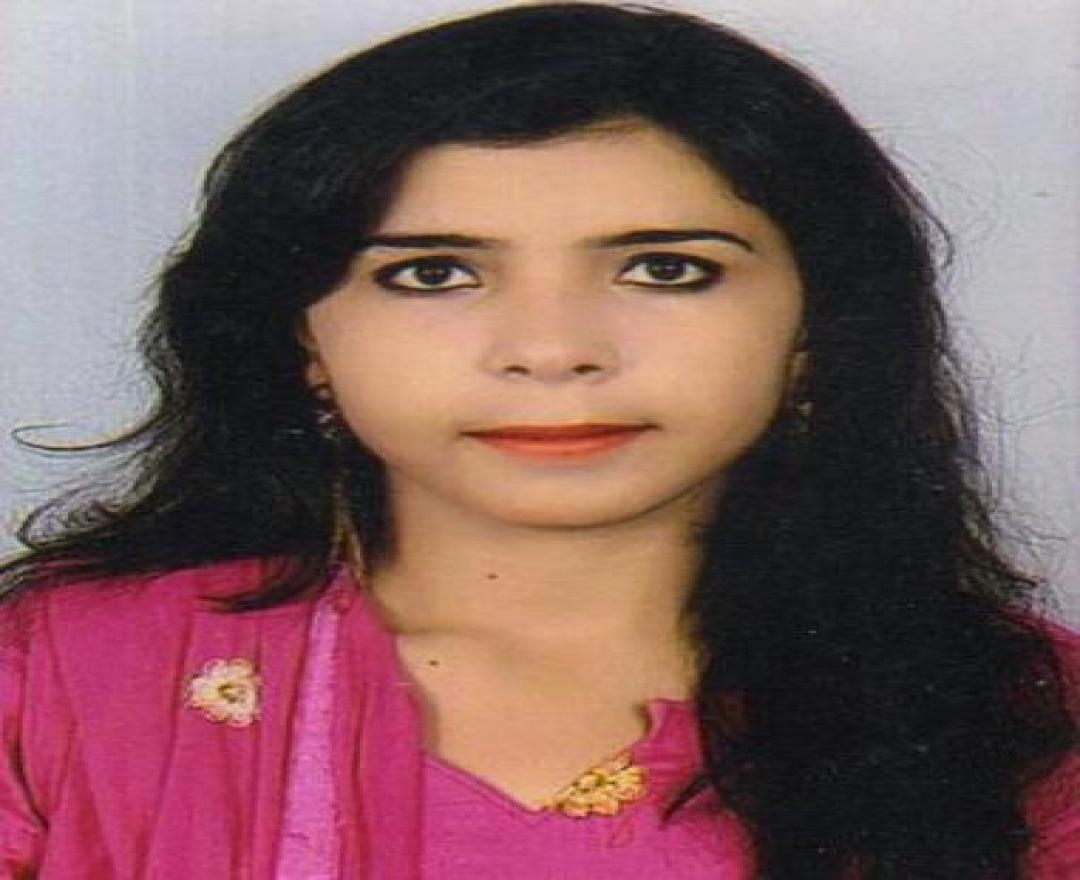
Motor learning is generally defined as a set of processes aimed at learning and refining new skills by practicing them (Nieuwboer, Rochester, Muncks, & Swinnen, 2009). Motor learning processes strictly depend on the structural integrity and functional activity of the cortico-striatal loop and cerebellum (Nieuwboer et al., 2009). Considering the above mentioned functional alterations occurring in the brain networks, PD patients may have difficulties in motor learning that can impact on motor performance. According to consolidated theories, motor learning consists of three main phases: cognitive, associative and autonomous (Marinelli et al., 2017). In the first phase, the subject needs to receive instructions about how to perform a movement and continuously integrates online feedbacks provided by an instructor; it is a declarative process in which errors and high variability of the performance are allowed. The duration of this phase depends on the complexity of the task and commonly a high attentional demand is required. The second phase consists of consolidation of the motor performance: the subject is more confident with the movement and the practice becomes more accurate, refined and less error-prone. Finally, in the third phase, after long time practicing, the task is learnt and becomes almost automatic: the performance is faster, precise and fluid and little attentional resources are needed to control movements. At this point also simultaneous activities may be engaged (dual-task) (Marinelli et al., 2017; Nieuwboer et al., 2009). Different brain activity patterns usually characterize motor learning phases: in the early phase frontal and parietal areas are overactive because of the high attentional request (Marinelli et al., 2017); then, automatism is associated with an optimized activity of cortical and subcortical motor areas and lesser reliance on attention-executive networks (Cacciola et al., 2017; Nakahara, Doya, & Hikosaka, 2001).

LUCKY COURSES
Many of you would be wondering how to drive a car safely and efficiently. In fact. there are many who know how to drive a manual car but are not comfortable behind the wheel of an automatic one. We Provide many courses for learning a car like 4G Normal, 4G Special, Lucky Special, Lucky Golden Special, etc in which training will be particular days, Particular hours & Pickup and Drop service available according to courses.
MORE INFOOUR STAFF
-
 DHIRENDRA KUMAR ASHOKBHAI WAGHTrainer
DHIRENDRA KUMAR ASHOKBHAI WAGHTrainer -
 ABUHAMZA ABDULRASHID ANSARITrainer
ABUHAMZA ABDULRASHID ANSARITrainer -
 testing SARFAZ SAIDTrainer
testing SARFAZ SAIDTrainer -
 NARPATTrainer
NARPATTrainer -
 SONIStaff
SONIStaff -
 MOHMMEDZAID NASIMUDDIN SHAIKHTrainer
MOHMMEDZAID NASIMUDDIN SHAIKHTrainer -
.jpg) samsuddinManager
samsuddinManager -
Sanobar MaamDocument Department
-
MINAXIStaff
-
 MUSATAKIMManager
MUSATAKIMManager
